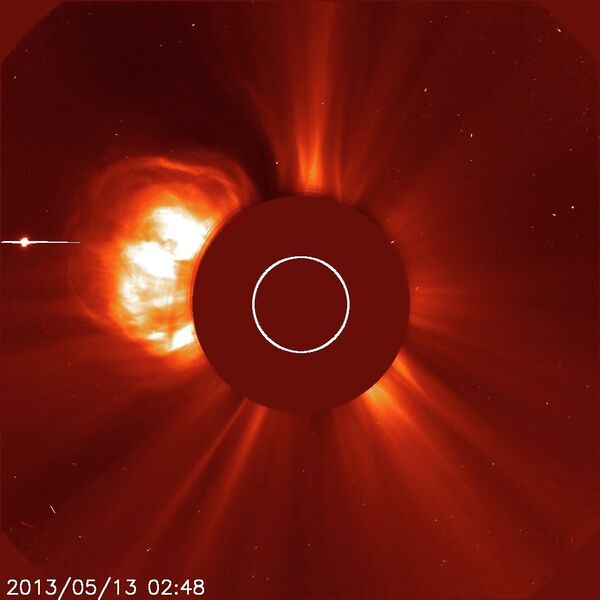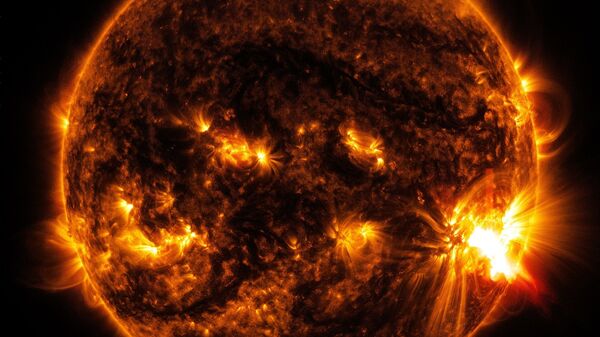New research seems to have solved the question of why particles making up the plasma of the Sun's heliosphere - in other words, solar winds - take such a long time to cool as they reach our planet.
As the Sun expels plasma, laws of physics demand that the wind should cool as it expands through space. However, this doesn’t happen to the predicted degree.
According to a peer-reviewed study, “Electron temperature of the solar wind”, published in Proceedings of the National Academy of Sciences (PNAS), University of Wisconsin-Madison physicists offer an explanation for this discrepancy in solar wind temperature.
Physicist Stas Boldyrev from the University of Wisconsin–Madison and his colleagues, UW-Madison physics professors Cary Forest and Jan Egedal sought the answer in the related field of plasma physics.
"People have been studying the solar wind since its discovery in 1959, but there are many important properties of this plasma which are still not well understood," says Stas Boldyrev.
The scientist adds that while originally researchers thought solar wind should cool rapidly as it expands away from the Sun, satellite measurements proved the opposite, as its temperature was occasionally “10 times larger than expected."
In their research the team used laboratory equipment to study moving plasma to reach the conclusion that the solution lies in electrons that can't escape the Sun's grip.
Solar Plasma
Solar plasma is a mix of negatively charged electrons and positively charged ions, and as such is influenced by magnetic fields that extend into space.

Escaping the Sun’s corona, the hot plasma flows through space as solar wind.
Electrons in the plasma are much lighter particles than the ions, generating a speed some 40 times faster.
As more negatively charged electrons elude its grasp, the Sun takes on a positive charge, in turn rendering it more difficult for electrons to escape its pull, sometimes putting them back into its vicinity.
"Such returning electrons are reflected so that they stream away from the Sun, but again they cannot escape because of the attractive electric force of the Sun… So, their destiny is to bounce back and forth, creating a large population of so-called trapped electrons." says Boldyrev.
‘Mirror Machines’
When solar wind was first discovered, scientists had puzzled over how to confine plasm, developing "mirror machines".
These were plasma-filled magnetic field lines shaped as tubes, with the charged particles in the plasma traveling along the lines to reach the bottleneck. The magnetic field lines are pinched, with the pinch acting like a mirror and reflecting particles back into the machine.
"But some particles can escape, and when they do, they stream along expanding magnetic field lines outside the bottle. Because the physicists want to keep this plasma very hot, they want to figure out how the temperature of the electrons that escape the bottle declines outside this opening. It's very similar to what's happening in the solar wind that expands away from the sun," said Boldyrev.
The team applied the same mirror machines theory to the solar wind, studying differences in the trapped and escaped particles.
The observations showed the very hot electrons escaping the bottle distributed their heat energy slowly to trapped electrons.
"In the solar wind, the hot electrons stream from the sun to very large distances, losing their energy very slowly and distributing it to the trapped population. It turns out that our results agree very well with measurements of the temperature profile of the solar wind and they may explain why the electron temperature declines with the distance so slowly," said Boldyrev.
The team’s findings suggest ways to study solar wind phenomena further in research labs and learn more about solar wind properties in other star systems.



